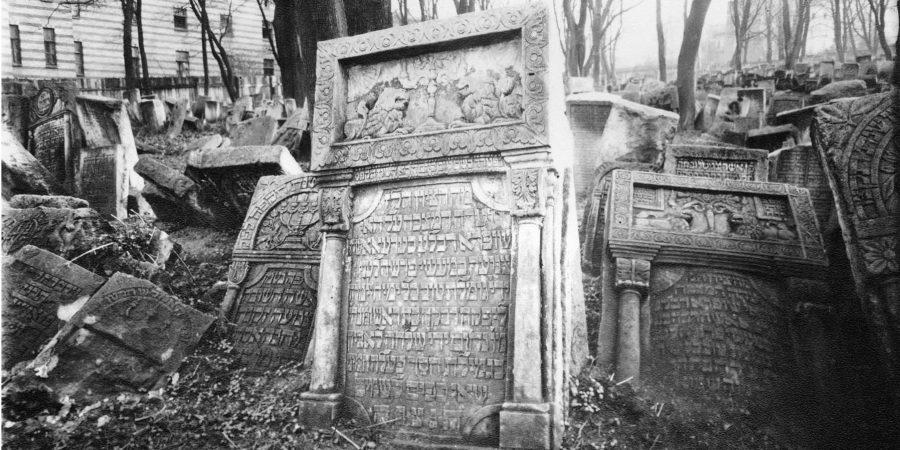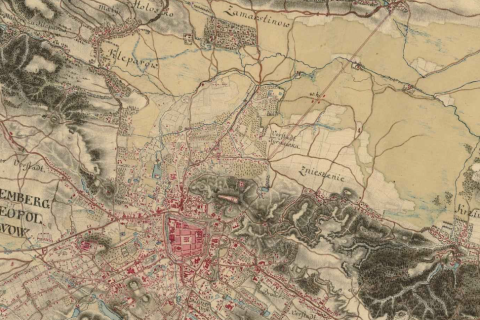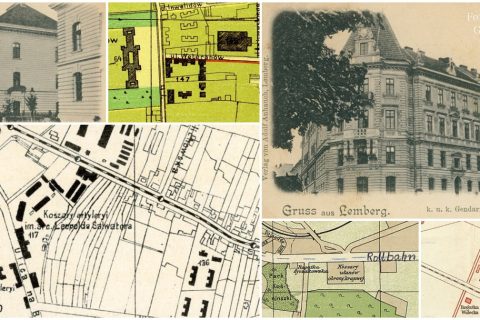The Lost Jewish Cemeteries of Lviv
While many old Jewish cemeteries still remain around Galicia, the same cannot be said of the Jewish burial grounds in Lviv (Lemberg / Lwów). Only found fragments of their ancient tombstones (matzevah) — which were used by the Nazis and Soviets as pavement and building material — remind us of […]
Read More




